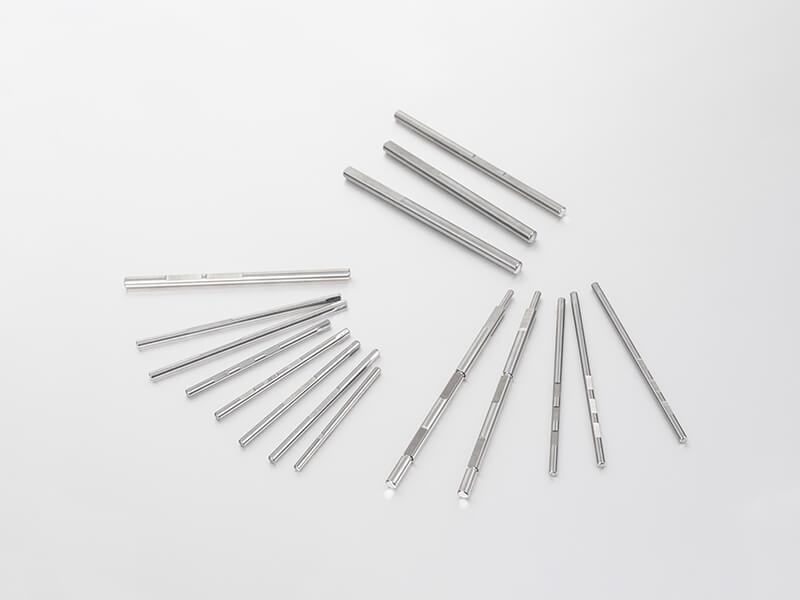Composition of Drive Shaft

The drive shaft is a rod-shaped component that transmits torque from the vehicle's engine to the wheels. Essentially it is the axle that drives the vehicle. The transmission shaft transmits torque between the transmission system components at different angles. The shaft assembly must be flexible, which is important because the shaft of the transmission system vibrates up and down and moves laterally with braking and acceleration. The drive shaft components include: propeller shaft, universal joint, feather key spline and fork frame.
How does the drive shaft work?
It is important to note that front-wheel drive vehicles do not have a drive shaft. The gearbox and axle are combined into a unit called a drive axle. However, in four-wheel drive vehicles and rear-wheel drive vehicles, the transmission and the axle are separate units. Therefore, the drive shaft transmits the rotational movement of the transmission to the axle.
The part has a tubular design and is usually made of aluminum, steel or carbon fiber to ensure it is strong and lightweight.
Some common signs of drive shaft failure
It is important to note that the drive shaft itself rarely fails. However, due to excessive stress and corrosion, it will eventually show signs of failure.
- Strong vibration and shaking
Vibration and tremor are the most common signs of drive shaft failure. If the bushing or U-shaped joint is worn, the drive shaft may vibrate excessively. This may also be caused by improperly tightened drive shafts or unbalanced units. Excessive vibration of the drive shaft can also cause wear and tear of other drive system components.
- Unusual noise
Abnormal noise is another indicator of drive shaft wear. If the bearings and bushes supporting the drive shaft and the U-shaped joint fail or wear out, it will affect the normal rotation ability of the drive shaft. When this happens, you will experience scratching, squeaking, clinking and rattling sounds.
- Shaking during acceleration
Are you experiencing a lot of tremor when accelerating from a low speed or stop position? This is another key sign of failure of the drive shaft assembly. Worn center bearings or loose U-joints may cause this condition. When the vehicle is shaking, you may also hear some strange sounds.
- Turning issues
If you encounter problems while turning, you are likely to wear out the drive shaft. Damage to the drive shaft prevents the wheels from rotating normally, thereby limiting your control of the vehicle.
To ensure that the drive shaft is always in good working condition, it should be well lubricated. Lack of lubrication will damage the drive shaft and its components. High-cost drive shafts should be checked regularly, because excessive movement can cause them to wear prematurely.
Ningbo Shitai Precision Machinery Co., Ltd. is not only a drive shaft supplier, but also a linear shaft factory. Welcome to visit our official website.
- Art
- Causes
- Crafts
- Dance
- Drinks
- Film
- Fitness
- Food
- Jogos
- Gardening
- Health
- Início
- Literature
- Music
- Networking
- Outro
- Party
- Religion
- Shopping
- Sports
- Theater
- Wellness
- IT, Cloud, Software and Technology


